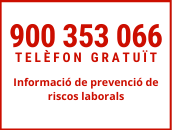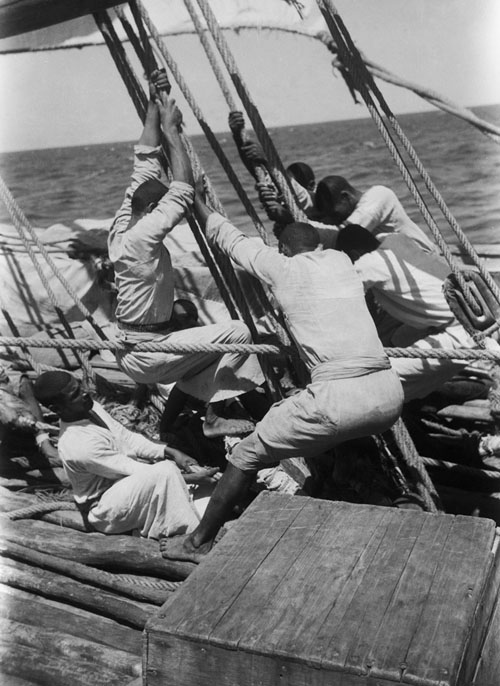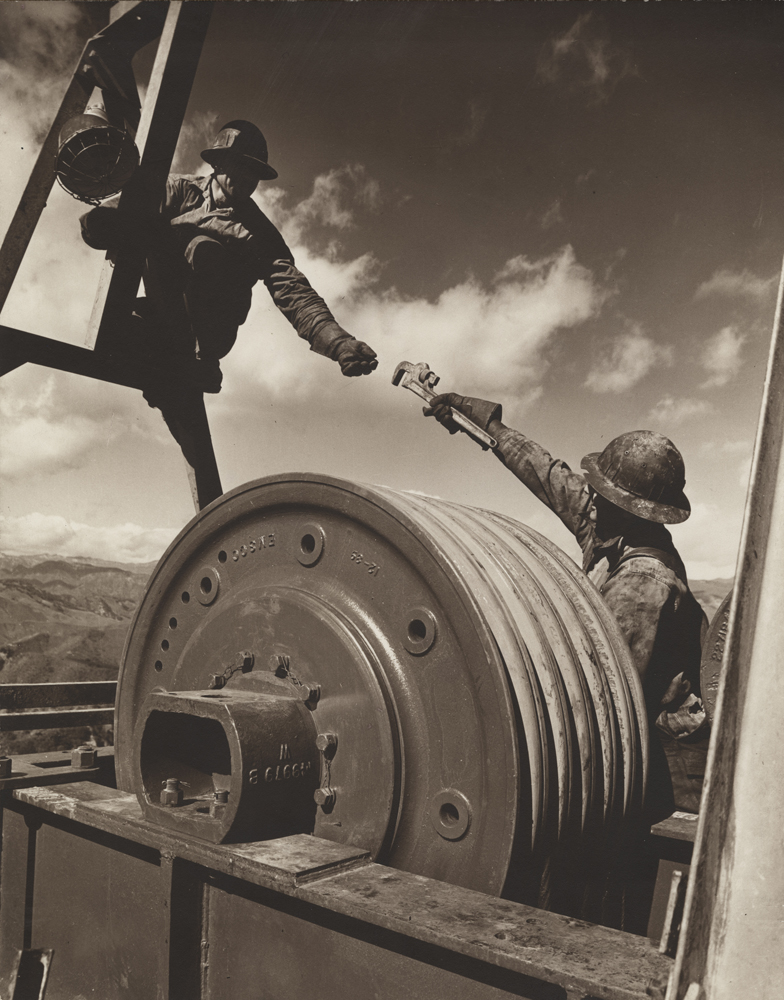YAZDANI, A.; NEUMANN, P.; IMBEAU, D. et al. (2014) How compatible are participatory ergonomics programs with occupational health and safety management systems? - INVASSAT
Ves enrere YAZDANI, A.; NEUMANN, P.; IMBEAU, D. et al. (2014) How compatible are participatory ergonomics programs with occupational health and safety management systems?
YAZDANI, A.; NEUMANN, P.; IMBEAU, D. et al. (2014) How compatible are participatory ergonomics programs with occupational health and safety management systems?
YAZDANI, A.; NEUMANN, P.; IMBEAU, D. et al. How compatible are participatory ergonomics programs with occupational health and safety management systems? Scandinavian Journal of Work, Environment & Health [online]. 13 p. [Consulta 27.11.2014]. ISSN: 1795-990X. doi:10.5271/sjweh.3467.
Los trastornos musculoesqueléticos son causa importante de dolor, discapacidad y costes. La prevención de esos trastornos se describe a menudo en términos de la implementación de un programa de ergonomía participativa. La mayoría de las otras actividades de prevención de accidentes de trabajo se llevan a cabo en el marco de un sistema de gestión de salud y seguridad en el trabajo formal o informal. Este estudio evalúa las similitudes y diferencias entre ambos tipos de programas y como tal conocimiento podría ayudar a mejorar las actividades de prevención de trastornos musculoesqueléticos.
Els trastorns musculoesquelètics són causa important de dolor, discapacitat i costos. La prevenció d'eixos trastorns es descriu sovint en termes de la implementació d'un programa d'ergonomia participativa. La majoria de les altres activitats de prevenció d'accidents de treball es duen a terme en el marc d'un sistema de gestió de salut i seguretat en el treball formal o informal. Aquest estudi avalua les similituds i diferències entre ambdós tipus de programes i com a tal coneixement podria ajudar a millorar les activitats de prevenció de trastorns musculoesquelètics.
Objectives: Musculoskeletal disorders (MSD) are a major cause of pain, disability, and costs. Prevention of MSD at work is frequently described in terms of implementing an ergonomics program, often a participatory ergonomics (PE) program. Most other workplace injury prevention activities take place under the umbrella of a formal or informal occupational health and safety management system (OHSMS). This study assesses the similarities and differences between OHSMS and PE as such knowledge could help improve MSD prevention activities. Methods: Using the internationally recognized Occupational Health and Safety Assessment Series (OHSAS 18001), 21 OHSMS elements were extracted. In order to define PE operationally, we identified the 20 most frequently cited papers on PE and extracted content relevant to each of the OHSAS 18001 elements. Results: The PE literature provided a substantial amount of detail on five elements: (i) hazard identification, risk assessment and determining controls; (ii) resources, roles, responsibility, accountability, and authority; (iii) competence, training and awareness; (iv) participation and consultation; and (v) performance measurement and monitoring. However, of the 21 OHSAS elements, the PE literature was silent on 8 and provided few details on 8 others. Conclusions: The PE literature did not speak to many elements described in OHSMS and even when it did, the language used was often different. This may negatively affect the effectiveness and sustainability of PE initiatives within organizations. It is expected that paying attention to the approaches and language used in management system frameworks could make prevention of MSD activities more effective and sustainable.
Los trastornos musculoesqueléticos son causa importante de dolor, discapacidad y costes. La prevención de esos trastornos se describe a menudo en términos de la implementación de un programa de ergonomía participativa. La mayoría de las otras actividades de prevención de accidentes de trabajo se llevan a cabo en el marco de un sistema de gestión de salud y seguridad en el trabajo formal o informal. Este estudio evalúa las similitudes y diferencias entre ambos tipos de programas y como tal conocimiento podría ayudar a mejorar las actividades de prevención de trastornos musculoesqueléticos.
Els trastorns musculoesquelètics són causa important de dolor, discapacitat i costos. La prevenció d'eixos trastorns es descriu sovint en termes de la implementació d'un programa d'ergonomia participativa. La majoria de les altres activitats de prevenció d'accidents de treball es duen a terme en el marc d'un sistema de gestió de salut i seguretat en el treball formal o informal. Aquest estudi avalua les similituds i diferències entre ambdós tipus de programes i com a tal coneixement podria ajudar a millorar les activitats de prevenció de trastorns musculoesquelètics.
Objectives: Musculoskeletal disorders (MSD) are a major cause of pain, disability, and costs. Prevention of MSD at work is frequently described in terms of implementing an ergonomics program, often a participatory ergonomics (PE) program. Most other workplace injury prevention activities take place under the umbrella of a formal or informal occupational health and safety management system (OHSMS). This study assesses the similarities and differences between OHSMS and PE as such knowledge could help improve MSD prevention activities. Methods: Using the internationally recognized Occupational Health and Safety Assessment Series (OHSAS 18001), 21 OHSMS elements were extracted. In order to define PE operationally, we identified the 20 most frequently cited papers on PE and extracted content relevant to each of the OHSAS 18001 elements. Results: The PE literature provided a substantial amount of detail on five elements: (i) hazard identification, risk assessment and determining controls; (ii) resources, roles, responsibility, accountability, and authority; (iii) competence, training and awareness; (iv) participation and consultation; and (v) performance measurement and monitoring. However, of the 21 OHSAS elements, the PE literature was silent on 8 and provided few details on 8 others. Conclusions: The PE literature did not speak to many elements described in OHSMS and even when it did, the language used was often different. This may negatively affect the effectiveness and sustainability of PE initiatives within organizations. It is expected that paying attention to the approaches and language used in management system frameworks could make prevention of MSD activities more effective and sustainable.















